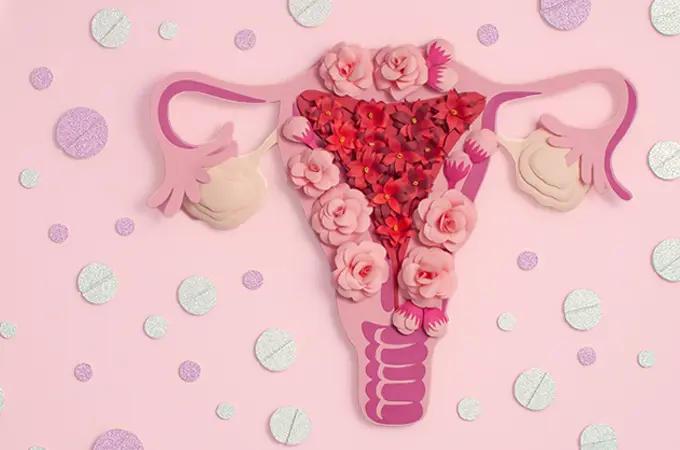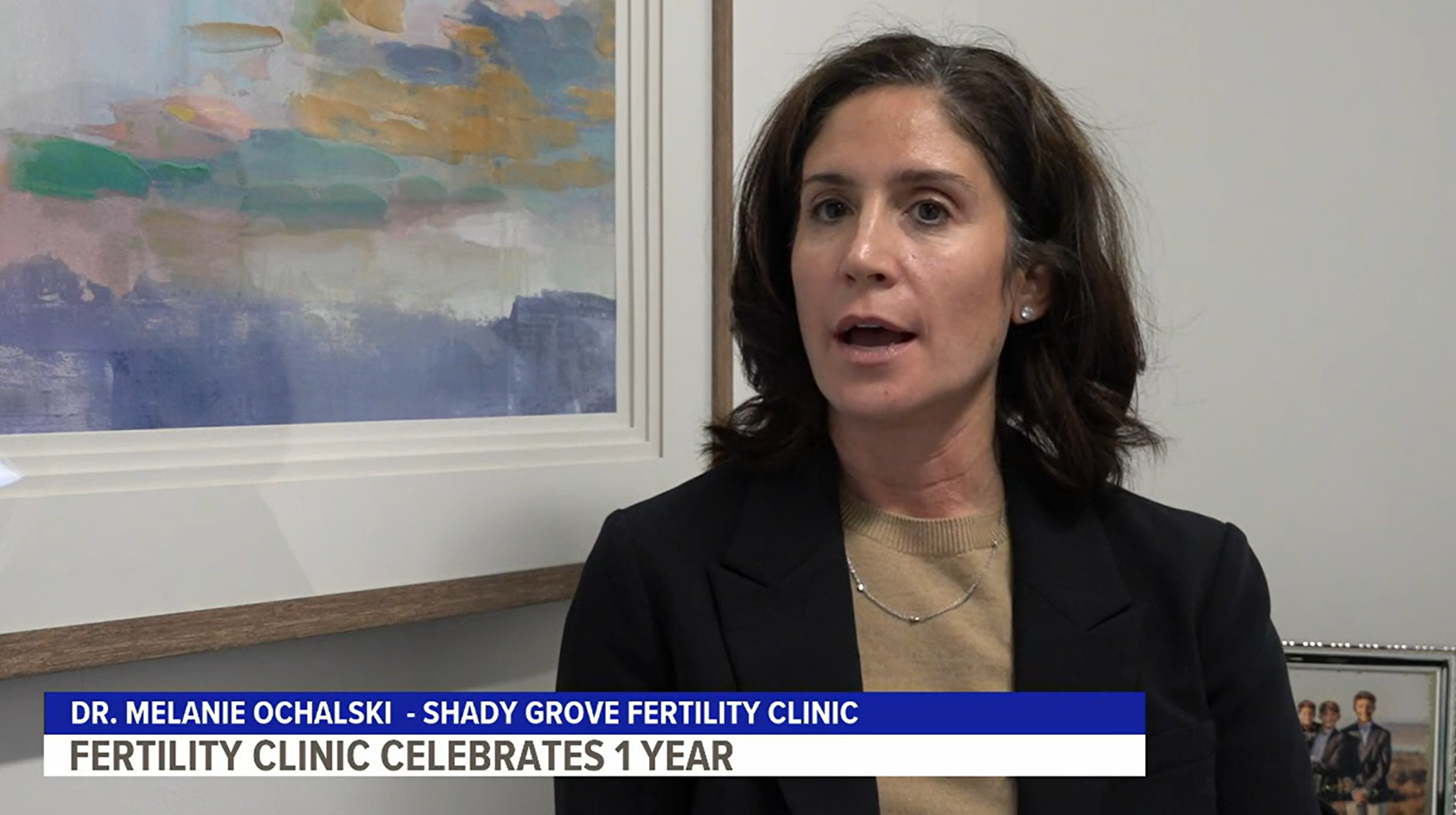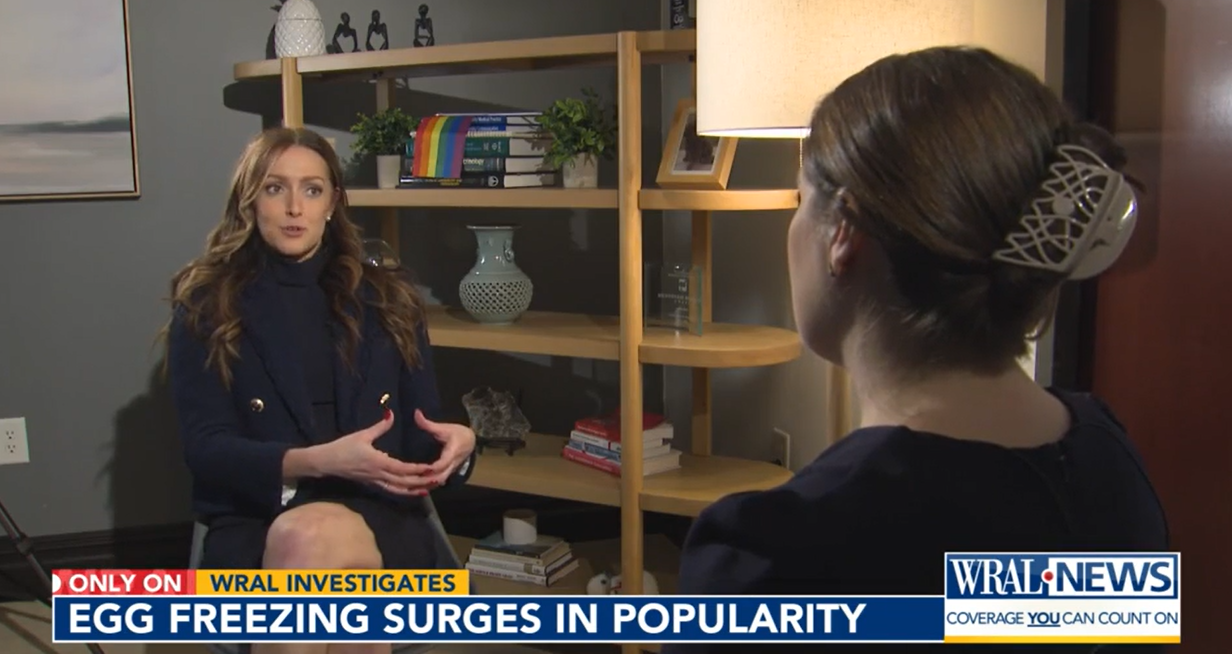You live in a time when cancer is often not only treatable, but curable. This dreaded disease that manifests in so many terrifying forms is rapidly becoming a life experience to be survived. The result is that millions are now referred to as “cancer survivors” rather than “victims.”
The challenge now is to pursue a post-cancer life of quality, filled with the same things that most everyone wants, including children.
Hundreds of thousands of people in their reproductive years are diagnosed with, and treated for, cancer. Their lives are saved. Still, many cancer survivors become infertile as a result of the very treatments that made cancer part of their past.
Thanks partly to technological advances in reproductive medicine and to a lot of conscientious collaboration, more cancer patients are making their way to fertility specialists so that life beyond cancer can also include family building.
Getting the Technology to the Patient
Depending on the type and location of cancer, both chemotherapy and radiation treatments can destroy the reproductive cells in a person’s body. This is especially crucial information for women to know prior to engaging in cancer treatment.
Women are born with all of the egg cells their body will ever have, so once those cells are damaged, it’s impossible to make them viable again.
Fortunately, techniques now exist that allow the fertility specialists at Shady Grove Fertility Center to essentially freeze a woman’s fertility in time. Cryopreservation, or freezing, has been highly successful with sperm and embryos for decades. Similar technology is now available to retrieve, freeze, and store a woman’s egg cells for later use with in vitro fertilization (IVF). While the pregnancy success rates using frozen eggs is significantly lower than using frozen sperm or frozen embryos, the freezing process has made, and continues to make, great strides as a viable fertility option.
But when a woman receives a cancer diagnosis, it’s quite possible that her very survival is a more prominent worry than whether or not she’ll have children in the future. That’s where collaboration by medical professionals comes in, to assure that patients who are likely emotionally overwhelmed with the enormity of their diagnosis can be guided through the options for preserving their fertility.
The Importance of Who You Know
The physicians and the rest of Shady Grove Fertility’s staff have worked to develop close working relationships with oncologists so that patient referrals happen in a timely fashion.
“We’ve let them know that while time is always of the essence with a cancer diagnosis, we don’t need that much on this end,” Dr. Eric Widra asserts. “For a female patient, we can usually get her prepped and through egg retrieval, whether that’s for oocyte cryopreservation or, if she has a partner, for embryo cryo, within a month’s time.”
Eric Widra, MD, SGF’s Executive Senior Medical Officer, had developed a special interest and expertise in issues related to cancer & family. Dr. Widra’s position on the faculty of Georgetown University as Director of Reproductive Endocrinology has afforded him connections with Lombardi Comprehensive Cancer Center, currently the only National Cancer Institute’s designate in the Washington, D.C. area.
He notes that in the case of breast cancer, there’s generally an interval of time between surgery and follow-up chemotherapy. Shady Grove Fertility has had success with using that calendar space to perform egg retrieval for these patients. Breast cancer and other estrogen-sensitive cancers have to be managed closely, Widra says.
“We have to be vigilant about the possibility of cancers being influenced by increased estrogen concentration. To address this issue, we follow an established protocol that uses an anti-estrogen, letrozole, combined with fertility drugs to produce a good number of eggs for retrieval while keeping their estrogen levels at or below normal physiologic levels. We’re able to give the patient’s ovaries a moderate boost for egg production without increasing estrogen levels.”
As the protocol and freezing techniques have become more finely tuned, Shady Grove Fertility has been more proactive in doing educational outreach to the cancer community, along with Fertile Hope, so that patients don’t miss the opportunity to preserve their fertility.
Fertile Hope is a national, nonprofit organization dedicated to providing emotional and financial support to cancer patients and survivors whose medical treatments present the risk of infertility.
Preserving Sperm & Embryos, Too
While female cancer patients may come to Shady Grove Fertility before their cancer therapy, Dr. Widra says they see more men who come in post-treatment to make use of sperm that was cryopreserved before the patient initiated cancer treatment.
Frozen sperm has been used with IVF for many years with great success. One of the reasons is because the cells are hearty enough to survive the rigors of the freeze-thaw-fertilize processes. Obtaining sperm for cryopreservation (via masturbation) is relatively easy.
One famous example of the success of this technology at work is Lance Armstrong. In 1996, he banked his sperm prior to undergoing surgery and chemotherapy for testicular cancer. Three years later, using the frozen sperm, Armstrong’s wife gave birth to a son. In 2001, Armstrong and his wife welcomed twin girls to the family, also made possible by the banked sample.
For men who have compound issues — for example, sperm cell problems in addition to needing cancer treatment — testicular tissue freezing is also well-established technology.
For individuals who have a partner with whom they wish to have children in the future, embryos can be created with egg and sperm cells retrieved prior to cancer treatment. These embryos can then be frozen and transferred to the woman’s uterus at a later, more optimal time.
If you are interested in freezing sperm prior to cancer treatment, please contact Fairfax Cryobank for more information.
Plan B
Not every cancer patient will have the opportunity to preserve their fertility before chemo or radiation treatment. For those not fortunate to have frozen sperm, eggs, or embryos prior to chemo, the use of donor sperm or eggs with IVF is a common solution.
If a woman’s cancer treatment results in the removal of her organs, there are still ways that fertility specialists can help her become a mother. Women who’ve undergone hysterectomy have the option of using a gestational surrogate, using her own cryopreserved eggs or embryos, or with freshly retrieved eggs should her ovarian reserve be intact.
“While these forms of fertility treatments all involve compromise and can be costly,” Widra says, “they are very effective toward creating successful pregnancies.”
After Survival, Parenthood
Awareness of and access to the existing technology is the key for patients who will be undergoing chemotherapy — even for non-cancerous diseases — and radiation.
Patients and cancer physicians alike still need education about the options for parenthood. Dr. Widra explains how long-standing misperceptions that over-simplify female fertility can impact whether or not a woman is directed to the best source to meet her needs.
“A woman’s ovarian reserve will be affected by chemotherapy, but not necessarily to the point of complete sterility. There’s a spectrum for any woman’s egg supply and cancer survivors may come through treatment with limited reproductive function. They may not be sterile, but they could be infertile.”
“The simple return of a woman’s menstrual cycle after chemo is not a sign of fertility. We spend time explaining this to the patients who make it to our door.”
Fortunately, new collaborative networks between Shady Grove Fertility, Fertile Hope and community oncologists are raising awareness of the patient’s fertility options while they still have time left to maximize their chances at future parenthood.





